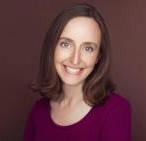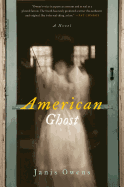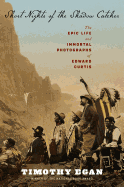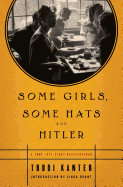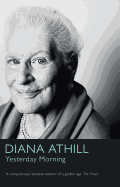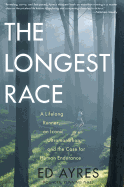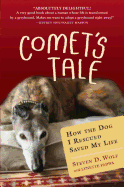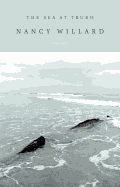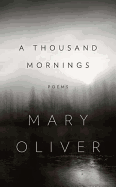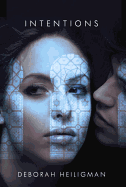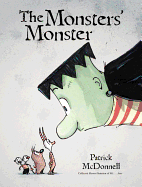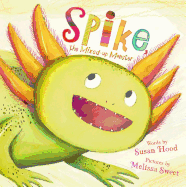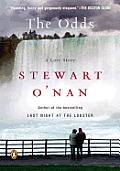 The Odds: A Love Story by Stewart O'Nan (Penguin, $14)
The Odds: A Love Story by Stewart O'Nan (Penguin, $14)
At Niagara Falls, Art and Marion Fowler are about to risk their remaining cash at the roulette wheel, "a fantastic last-ditch escape from the snares of their real life." With his tale about the gravitational pull of an enduring relationship, Stewart O'Nan offers a bittersweet portrait of a long-term marriage.
Nanjing Requiem by Ha Jin (Vintage International, $15.95)
Ha Jin has written a paean of praise for Minnie Vautrin, an American missionary who chose to stay behind and try to protect Jinling Women's College when the Japanese invaded Nanjing and killed more than 300,000 Chinese residents. Vautrin is an almost forgotten figure in the West; Ha Jin's hope is that his novel "might put her soul at peace."
The Angel Esmeralda: Nine Stories by Don DeLillo (Scribner, $15)
There's probably no writer whose work is more emblematic of these unsettled and unsettling times than Don DeLillo, and in this collection of nine edgy stories, his first, he turns a wary eye on aspects of our contemporary predicament, exploring his characteristic themes of alienation and terror in contemporary life.
Cain by José Saramago, trans. by Margaret Jull Costa (Mariner Books, $14.95)
Cain provides Saramago with his final stage for haranguing the human race for all its selfish cruelty. When he's not harrowing us with the grim statistics of the Lord's vengeance, he's entertaining us with his very dry wit, taking some delightful comic jabs at biblical tradition in his smart, ironic retelling of Genesis.
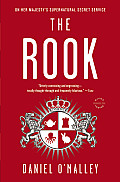 The Rook by Daniel O'Malley (Back Bay Books, $15.99)
The Rook by Daniel O'Malley (Back Bay Books, $15.99)
An amnesiac protagonist, one of the highest-ranking officers in the secret British agency that deals with supernatural threats to the nation, has prepared an elaborate set of instructions to help bring back her memory, while fending off attempts on her life. O'Malley has written a high-octane paranormal spy thriller with a sly humorous edge that will make you immediately ask for a sequel.
Inconceivable: A Medical Mistake, the Baby We Couldn't Keep, and Our Choice to Deliver the Ultimate Gift by Carolyn and Sean Savage (HarperOne, $15.99)
A startling and unsettling memoir by a couple who were implanted with the wrong embryo at a fertility clinic, the Savages' story raises many more questions than it can possibly answer about, among other things, science, faith, motherhood and the law.
Drama: An Actor's Education by John Lithgow (Harper Perennial, $14.99)
"If you hear enough applause and laughter at a young enough age, you are doomed to be become an actor," writes John Lithgow in his engaging and revealing memoir of becoming an excellent actor and an even better person. Lithgow has funny stories to tell and is adept at delivering them; he also comes across as brutally honest and wins our respect and admiration.
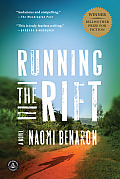 Running the Rift by Naomi Benaron (Algonquin Books, $14.95)
Running the Rift by Naomi Benaron (Algonquin Books, $14.95)
Running the Rift follows 10 years in the life of Nkuba Jean Patrick, a Tutsi in Rwanda at the height of the Hutu-Tutsi conflict. A phenomenal runner, he holds fast to the idea that becoming an Olympic winner for Rwanda will have a unifying effect and deliver his people from violence. This debut novel won the Bellwether Prize, created and funded by author Barbara Kingsolver to promote fiction that addresses issues of social justice. A more fitting choice would be hard to find.
Is That a Fish in Your Ear? by David Bellos (Faber & Faber, $16)
David Bellos has written a raft of witty, illuminating and penetrating essays on translating a single clear utterance from one language to another with clarity and force. And as he so eloquently shows, a language and its translations into other languages make us not only human and stylish but civilized.
 One of the long-lost novels is The Madonna of the Sleeping Cars by Maurice Dekobra. Such was its popularity upon publication in 1927 that Dekobra's prose style earned its own adjective, dekobrisme. Originally published in French and translated by Neal Wainwright, the novel details the travails of Lady Diana Wynham, faced with the prospect of financial ruin. She and her secretary, Prince Gerard Séliman, the perfect gentleman, must find a way to regain the fortune that Lady Diana needs to preserve her way of life. The adventures of poor Gerard are interspersed with Dekobra's encyclopedic knowledge of the world just after the Russian Revolution, and how badly it has shaken Europe.
One of the long-lost novels is The Madonna of the Sleeping Cars by Maurice Dekobra. Such was its popularity upon publication in 1927 that Dekobra's prose style earned its own adjective, dekobrisme. Originally published in French and translated by Neal Wainwright, the novel details the travails of Lady Diana Wynham, faced with the prospect of financial ruin. She and her secretary, Prince Gerard Séliman, the perfect gentleman, must find a way to regain the fortune that Lady Diana needs to preserve her way of life. The adventures of poor Gerard are interspersed with Dekobra's encyclopedic knowledge of the world just after the Russian Revolution, and how badly it has shaken Europe.





